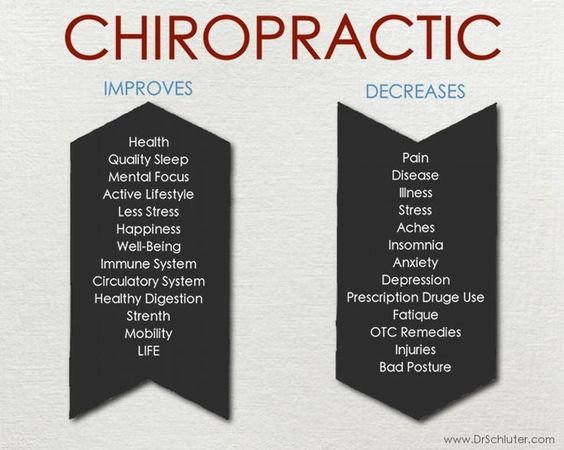Address Neck And Back Pain By Identifying The Everyday Regimens That May Be Adding To It; Minor Changes Can Pave The Way To A Life Without Pain
Address Neck And Back Pain By Identifying The Everyday Regimens That May Be Adding To It; Minor Changes Can Pave The Way To A Life Without Pain
Blog Article
Content Author-Hermansen Schaefer
Preserving proper posture and staying clear of usual pitfalls in everyday tasks can significantly affect your back health and wellness. From how you sit at your desk to how you lift heavy objects, tiny adjustments can make a huge difference. Imagine a day without the nagging neck and back pain that prevents your every relocation; the solution may be simpler than you think. By making a couple of tweaks to your daily routines, you could be on your method to a pain-free existence.
Poor Pose and Sedentary Lifestyle
Poor posture and a less active way of life are 2 significant contributors to back pain. When you slouch or inkling over while resting or standing, you placed unnecessary strain on your back muscular tissues and spinal column. can chiropractor make sciatica worse can result in muscle inequalities, stress, and eventually, chronic pain in the back. In addition, sitting for extended periods without breaks or exercise can deteriorate your back muscular tissues and lead to rigidity and pain.
To combat inadequate pose, make an aware initiative to sit and stand right with your shoulders back and straightened with your ears. integrative care center in mind to maintain your feet level on the ground and stay clear of crossing your legs for extensive durations.
Integrating routine extending and strengthening workouts right into your everyday regimen can also help enhance your position and minimize back pain associated with a sedentary way of life.
Incorrect Training Techniques
Incorrect training techniques can substantially contribute to neck and back pain and injuries. When you lift heavy items, keep in mind to bend your knees and utilize your legs to raise, rather than relying upon your back muscles. Avoid twisting your body while lifting and maintain the things near to your body to reduce pressure on your back. It's vital to maintain a straight back and prevent rounding your shoulders while raising to avoid unnecessary stress on your spine.
Constantly analyze the weight of the item before raising it. If it's also hefty, request aid or use tools like a dolly or cart to deliver it securely.
Remember to take breaks during lifting jobs to give your back muscles a possibility to rest and protect against overexertion. By applying Read Home Page lifting strategies, you can stop pain in the back and minimize the risk of injuries, ensuring your back stays healthy and solid for the long term.
Lack of Routine Exercise and Extending
A sedentary lifestyle devoid of normal workout and stretching can considerably contribute to pain in the back and pain. When you don't engage in exercise, your muscles end up being weak and inflexible, leading to inadequate stance and boosted strain on your back. Routine workout helps strengthen the muscular tissues that support your spine, enhancing stability and lowering the risk of neck and back pain. Integrating extending right into your routine can likewise boost versatility, preventing rigidity and pain in your back muscles.
To prevent pain in the back brought on by a lack of exercise and extending, aim for a minimum of thirty minutes of modest physical activity most days of the week. Consist of workouts that target your core muscle mass, as a solid core can help alleviate pressure on your back.
Furthermore, take breaks to extend and move throughout the day, especially if you have a desk work. Simple stretches like touching your toes or doing shoulder rolls can assist alleviate tension and prevent pain in the back. Prioritizing normal workout and extending can go a long way in keeping a healthy back and lowering pain.
Conclusion
So, bear in mind to sit up directly, lift with your legs, and remain energetic to prevent back pain. By making easy modifications to your everyday behaviors, you can prevent the pain and constraints that come with pain in the back. Care for your spinal column and muscular tissues by exercising good stance, proper training techniques, and normal exercise. Your back will certainly thank you for it!
